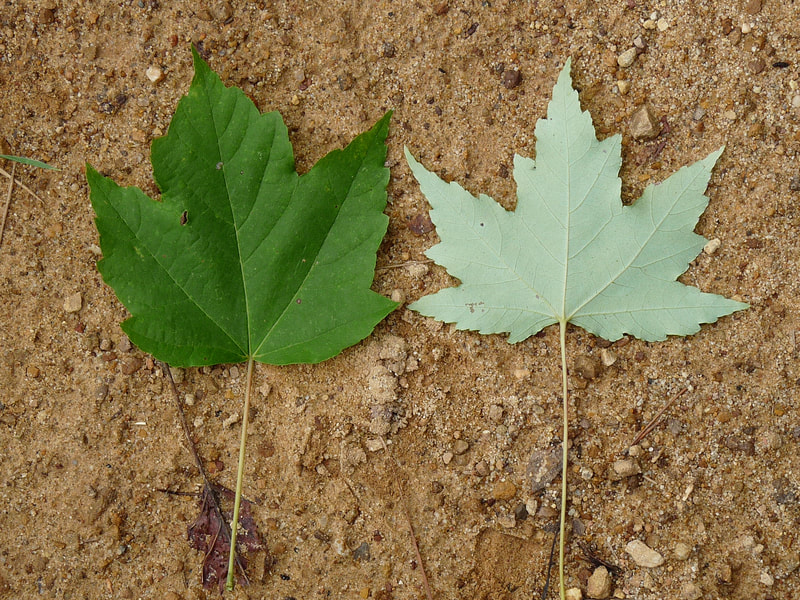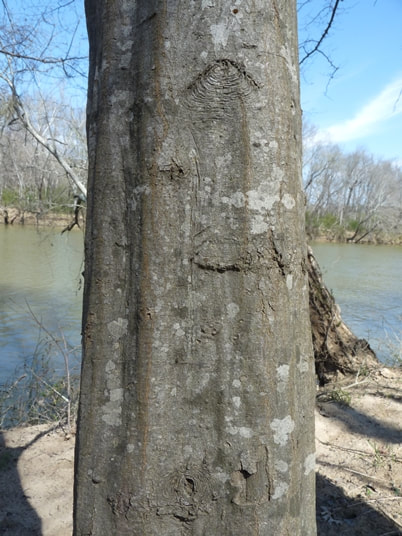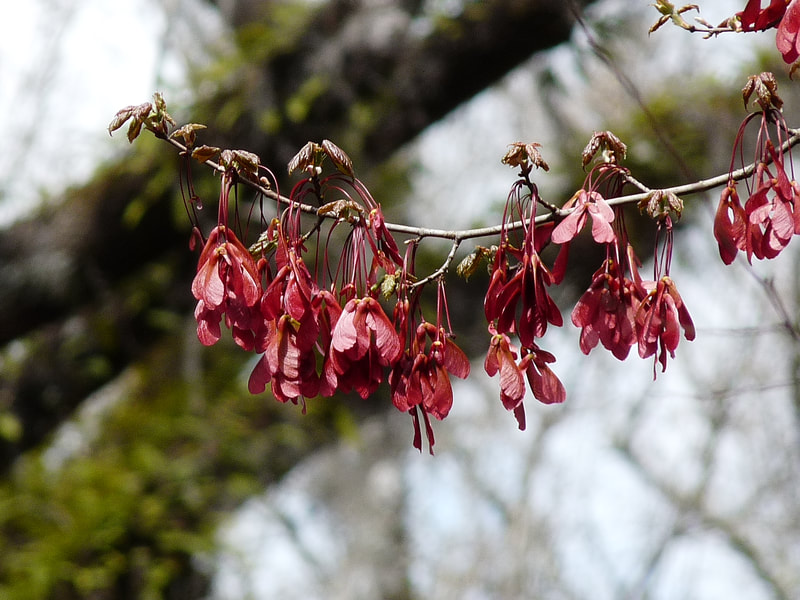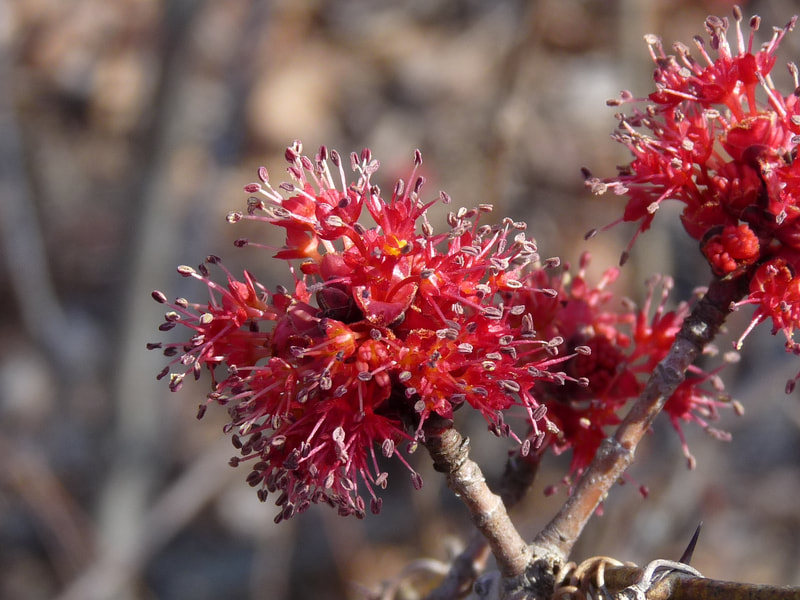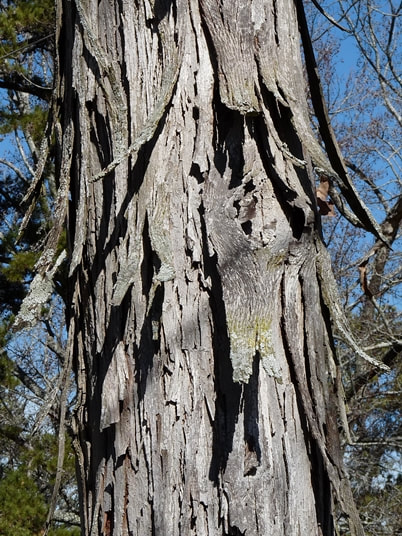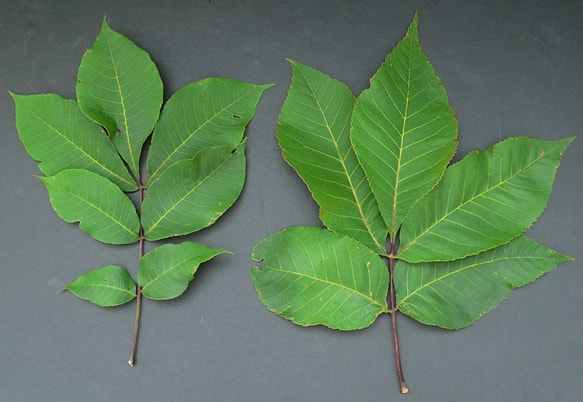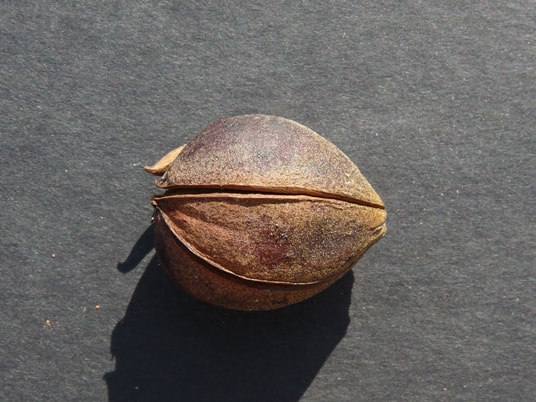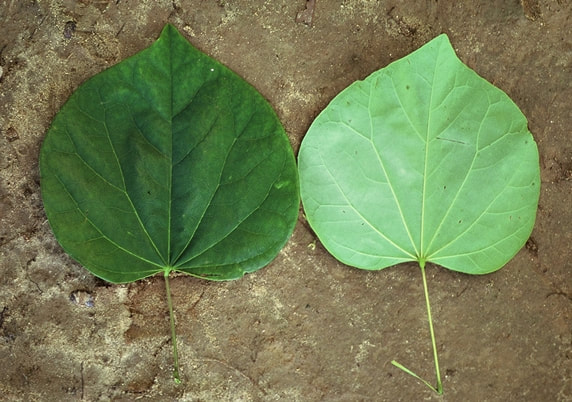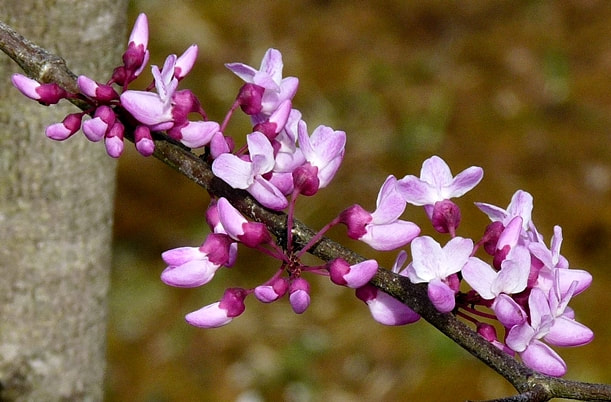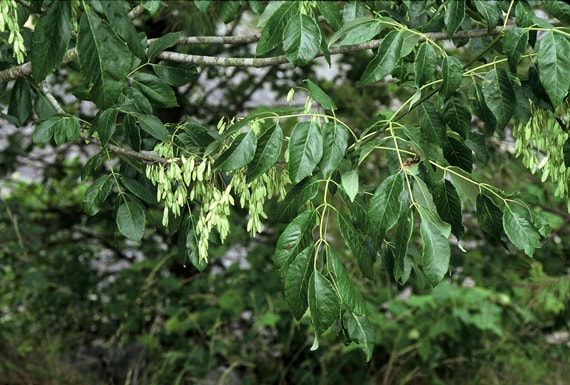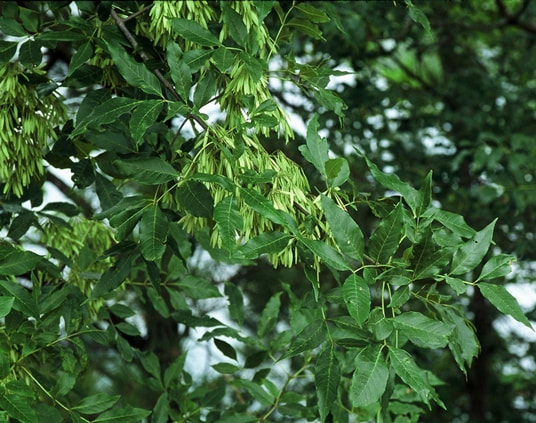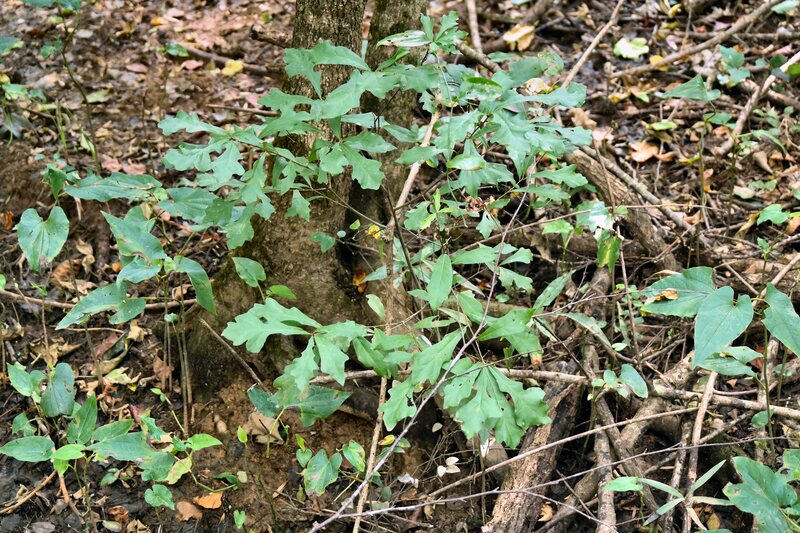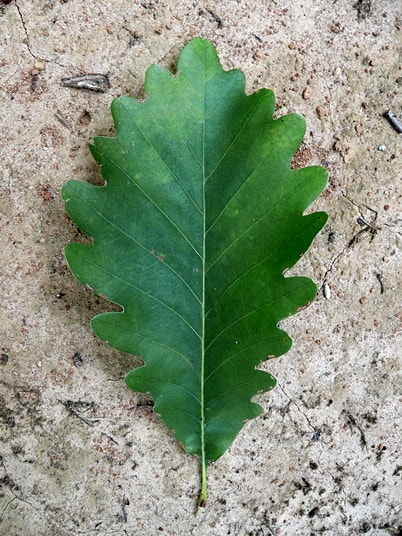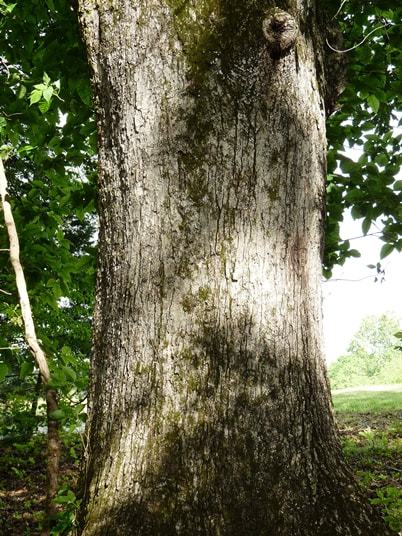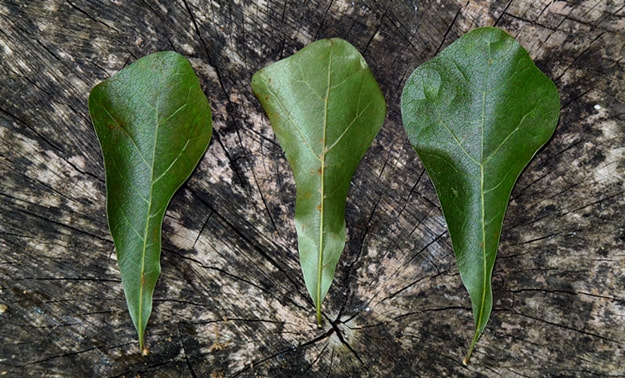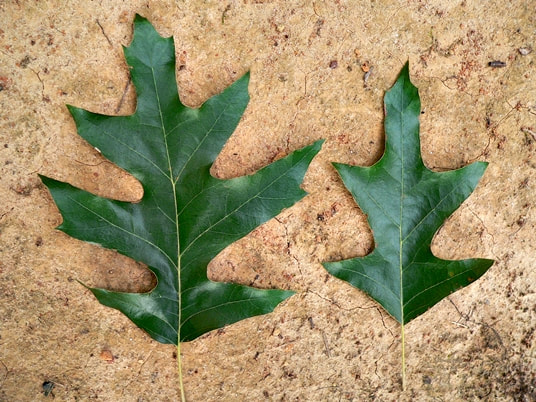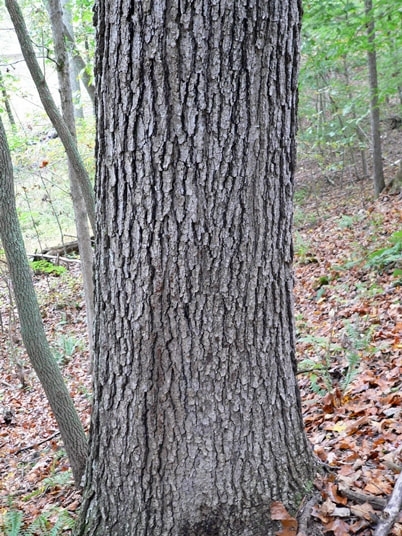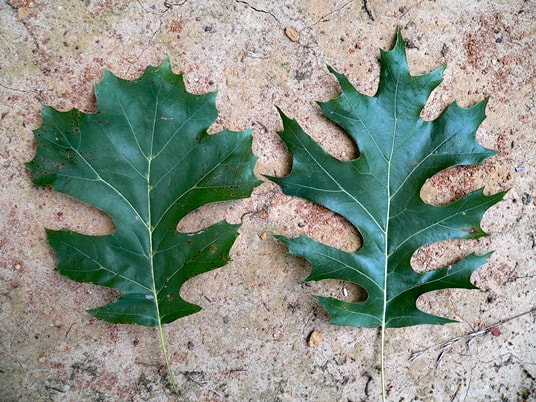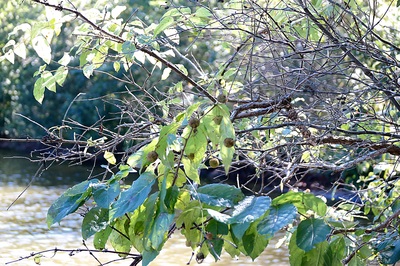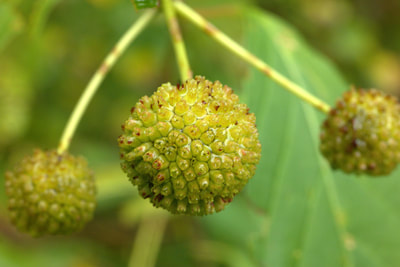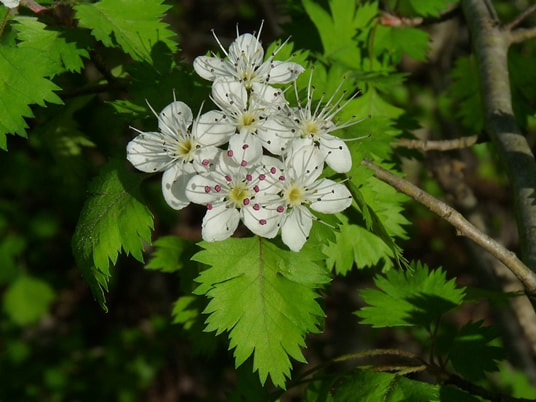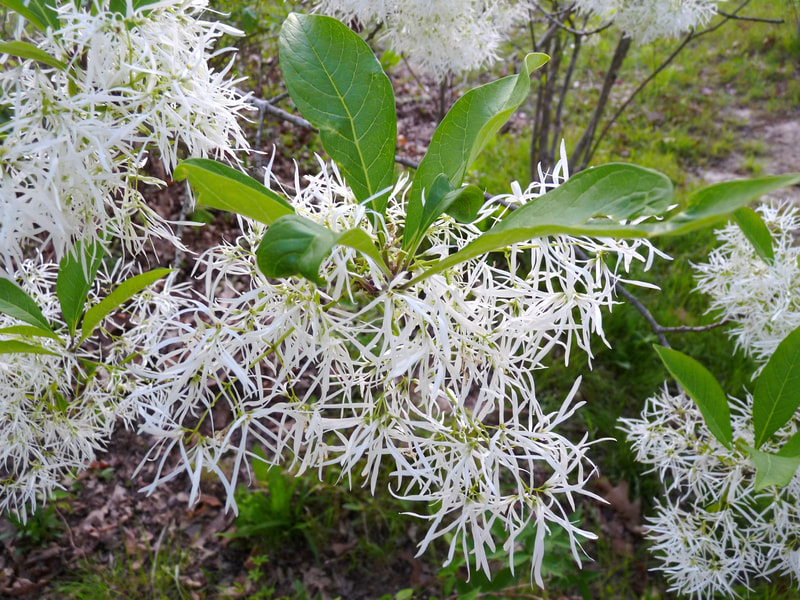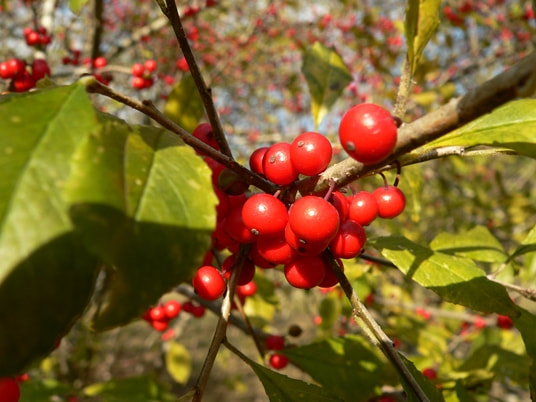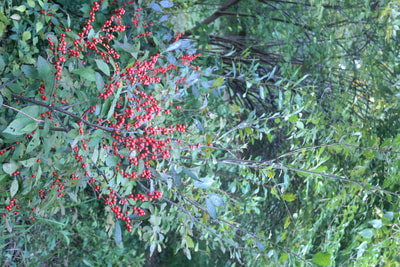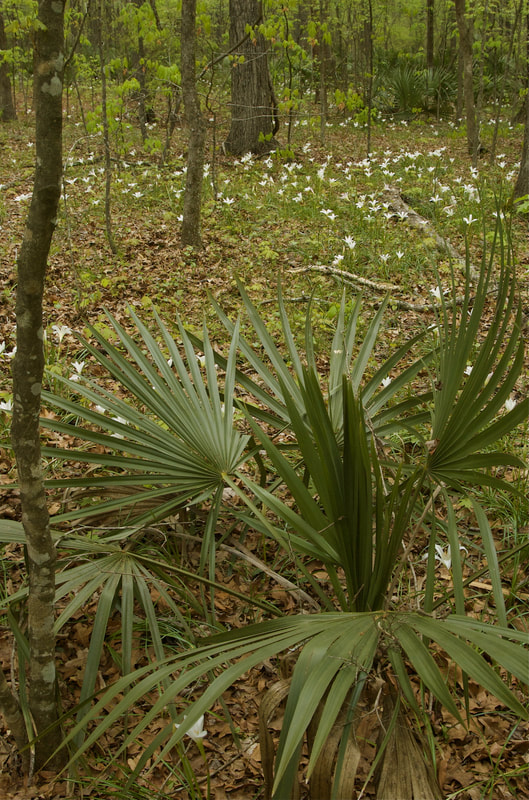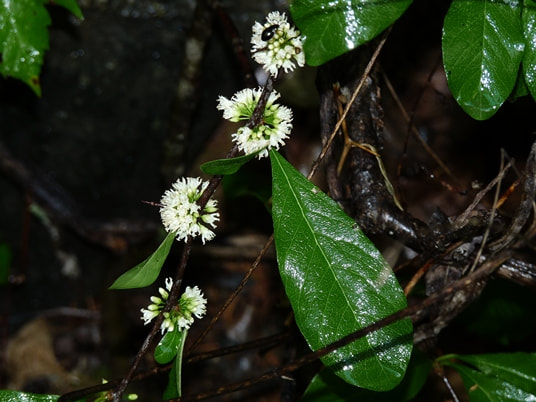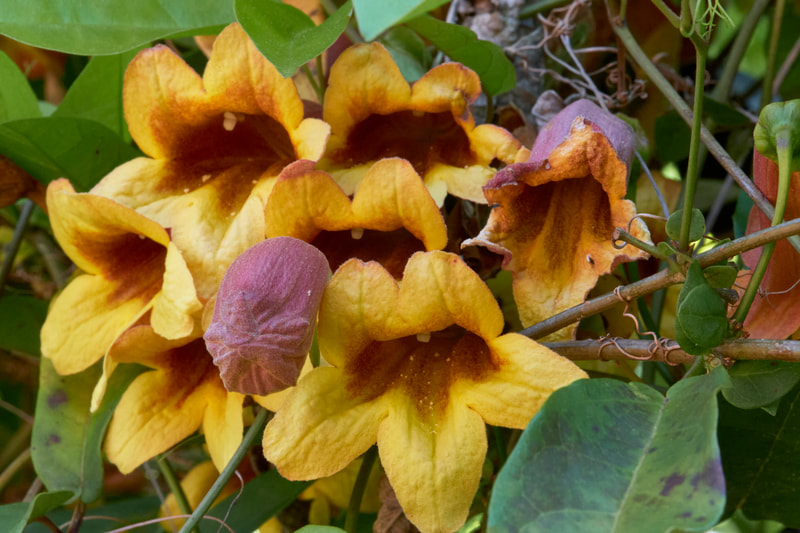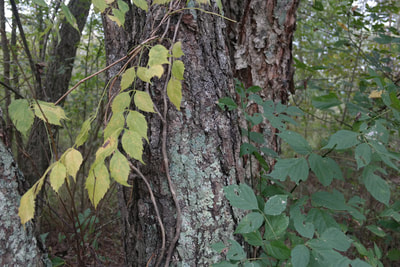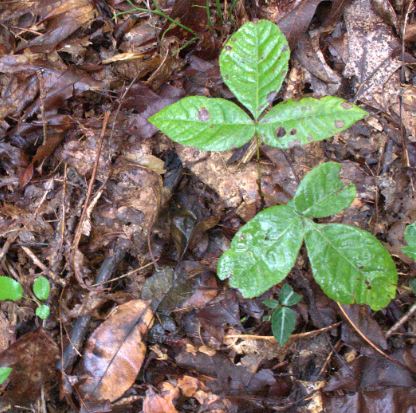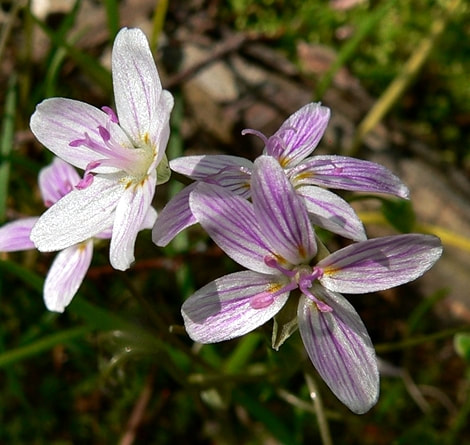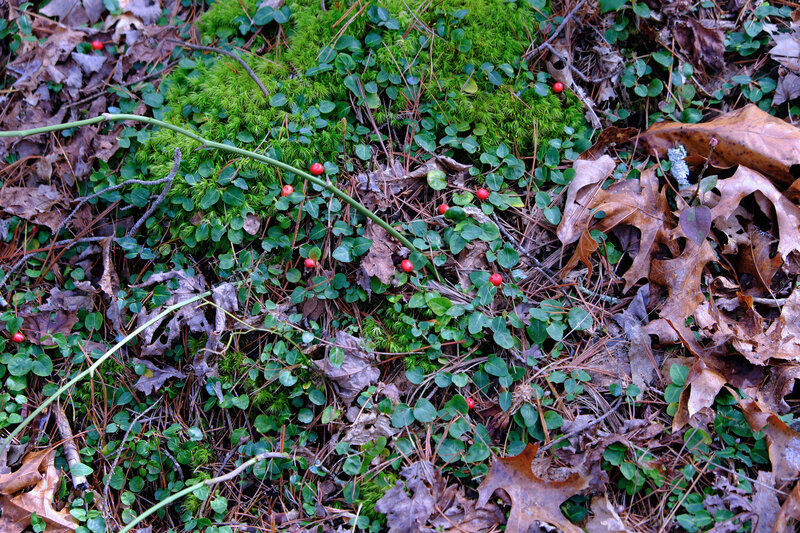Piedmont Upland Depression Swamps (Flatwoods)
|
These flatwoods, often called Iredell flatwoods (based on the soils they form upon), Gabbro glades, upland depression swamps, and Monticello glades (due to their location near Monticello, GA), form on flat to gently sloping land over gabbro mafic rocks (and perhaps on some shales). In winter and spring, when rainfall is high, the soils swell to form an impermeable surface, creating a perched wetland. In summer and fall, the soils shrink and become almost pavement-like. These extremes of water levels, along with the nutrients and high pH of the mafic soil, support unique plant assemblages of forests interspersed with small openings that support a variety of wetland and mesophytic plant species.
Indicator species: Carolina shagbark hickory, red hickory, eastern redbud, green ash, Shumard oak, Oglethorpe oak, saw palmetto, Atamasco lily What's special: In the spring, these sites are beautiful when swathes of Atamasco lilies bloom along with eastern redbud, and flowering dogwood. Saw palmetto, parsley haw and buckthorn bumelia add Coastal Plain elements, and the rare Oglethorpe oak grows in the flatwoods. |
Landscapes
Conservation: Upland depression wetlands are very rare in the Georgia Piedmont; gabbro is an unusual surface rock. The unique variety of plant species they support justifies conserving all examples that can be found. Some ecologists recommend prescribed fire to create more prairies over gabbro rock, which would support further rare species.
Related communities: Intergrades with Mesic Forests and Bottomland Forests |
|
Plants
Click on a plant name to see images and learn more about the plant.. Trees Red maple Acer rubrum Musclewood Carpinus caroliniana Eastern redbud/American hornbeam Cercis canadensis Carolina shagbark hickory Carya carolinae-septentrionalis Red hickory Carya ovalis Flowering dogwood Cornus florida White ash Fraxinus americana Green ash Fraxinus pennsylvanica Eastern red cedar Juniperus virginiana Sweetgum Liquidambar styraciflua Black gum Nyssa biflora Overcup oak Quercus lyrata Swamp chestnut oak Quercus michauxii Water oak Quercus nigra Oglethorpe oak Quercus oglethorpensis Cherrybark oak Quercus pagoda Willow oak Quercus phellos Shumard oak Quercus shumardii Winged elm Ulmus alata Slippery elm Ulmus rubra Shrubs Buttonbush Cephalanthus occidentalis Fringetree Chionanthus virginicus Parsley haw Crataegus marshallii Possumhaw Ilex decidua Winterberry Ilex verticillata Dwarf palmetto Sabal minor Buckthorn bumelia Sideroxylon lycioides Vines American rattan Berchemia scandens Crossvine Bignonia capreolata Trumpet creeper Campsis radicans Carolina jessamine Gelsemium sempervirens Whiteleaf greenbrier Smilax glauca Common greenbrier Smilax rotundifolia Poison ivy Toxicodendron radicans Ground Layer Forbs Carolina windflower Anemone caroliniana Spring beauty Claytonia virginica Partridgeberry Mitchella repens False garlic Nothoscordum bivalve Kidney-leaved grass-of-Parnassus Parnassia asarifolia Early meadowrue Thalictrum dioicum Atamasco lily Zephyranthes atamasco Ferns Christmas fern Polystichum acrostichoides Grasses, Sedges, and Rushes River cane Arundinaria gigantea Witchgrasses Dichanthelium spp Cutgrasses Leersia spp. Sedges Carex spp. |
Representative Trees in order by scientific name
Representative Shrubs in order by scientific name.
Representative vines. in order by scientific name.
Representative wildflowers in order by scientific name,
Representative Ferns, in order by scientific name
Representative Graminoids, in order by scientific name
Birds
|

